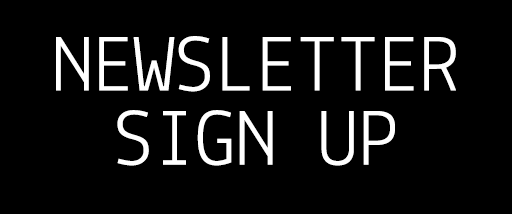For many emerging artists, figuring out how to get your work into a gallery or exhibition is an important first step for building your artistic career. Most galleries have a specific process for applying for an exhibition. It is always important to take the time to look for the proper submission process first before contacting the gallery. Most of the time, unsolicited proposal writers will be directed to a gallery’s website for information on the proposal process, so always check there first.
Generally submissions will request a project description, an artist statement, documentation of the work that you are proposing and your curriculum vitae.
A project description is usually intended to demonstrate the specific project that you are applying with for exhibition. The description should answer the questions (1) what do you plan on showing, (2) how do the works in the room demonstrate the idea that you are putting forward, and (3) why is it significant or important for those ideas to be discussed.
Many emerging artists worry about being too didactic in their descriptions of the work, however it is important to remember that a project description is intended to provide information to the gallery about what you plan to put in the room. The worst thing that a statement can do is to be too mysterious about what is going to be on display. A gallery should be able to picture what it is you plan on exhibiting based on the project description. Try to avoid art speak and jargon in your writing. Describe things concretely and make direct links between the work that you are describing and the ideas that you are intending to explore with the work.
If you are writing to a thematic call for submissions your project description should also explain how you see the work that is being proposed relating to the theme under discussion.
An artist statement situates your overall practice and how the proposed work reflects that practice. Again you want to focus on accurately describing what it is that your work does, answering the questions of how does it do the thing that you say it does, and why is it important or significant that it does that. Statements should provide entry points into your work. If you are going to use art speak in your statement, you should also define what you mean. If you can’t explain what a term means and how you are using that term in relationship to your practice/work, then it should not be in your statement. It is also important to contextualize any references that you are making specifically and concretely and to make direct links between the references that you are making and your work.
Making sure that you have good documentation of your work is important. It is also important to make sure that the documentation that you provide is reflective of the project that you are proposing. It is always best to provide a cohesive set of images rather than giving more images that aren’t as reflective of what you are actually proposing. If your works are performative or conceptual providing a short one to two sentence description of what is happening in the image, as part of your documentation support list can also be helpful. Your documentation support list should also include all titles of the works, media and size. It is worth hiring someone to document your work for you (or you could see if you can barter with someone in exchange for great images).
Your curriculum vitae should include your education and exhibition history as well as any relevant experience, reviews, residencies, awards and grants, etc. Your name and contact information should also be marked clearly on your CV. First impressions are important, so make sure that your CV is clean and readable, and use a professional email. If you include a website make sure that the website is for your professional practice.
It is important to tailor your CV to the opportunity for which you are applying. For instance, if you are applying to curate an exhibition at a gallery, it might be more important to put your curated exhibitions and any published pieces of writing that you’ve done up front.
If you are applying to exhibit work as an artist it can be helpful to separate your exhibition history into types such as solo exhibitions, two-person exhibitions, group shows, screenings, etc. You can include upcoming exhibitions on your CV, however you want to make sure that the details of any upcoming exhibitions have been confirmed before including it. Exhibitions should be listed in descending order (so your most recent exhibitions should come first). If any of the exhibitions that you are including on your resume were curated exhibitions, you should indicate that on your CV and include the curator’s name. For any collaborations it is also important to indicate that names of your collaborators. Once you have built up an exhibition history you can potentially leave off older exhibitions, and instead present a selected list of your exhibition history.
Many artists have their CVs online – take a look at what some more established artists have included on their CVs. Most importantly remember to keep it simple!
Keep in mind that a proposal is not an artwork. Your proposal should be clean, concise and easy to read. Read all instructions carefully and only provide what the gallery has requested.
Xpace has some upcoming calls for proposals that you can take a look at here and here.


